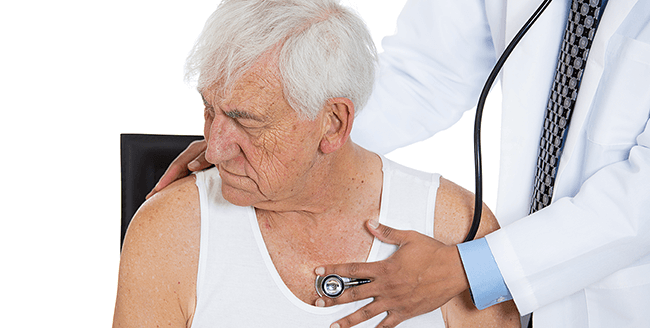To determine the impact of EMT on COPD patients, research was conducted using the method to improve expiratory muscle strength, exercise capacity and dyspnea in patients with COPD. Let’s take a look at the study below.
Key Findings
- COPD patients have respiratory muscle weakness, contributing to exercise intolerance, dyspnea and reduced quality of life.
- The effect of EMT on COPD is unclear.
- 12 weeks of EMT improved expiratory muscle
- EMT had no effect on dyspnea.
strength and endurance and exercise capacity in COPD patients.
Patient Impact
EMT effectively improves expiratory muscle strength and endurance and exercise capacity, but not dyspnea.
Study Methods
Patients underwent three months of specific EMT (SEMT) with moderate to high intensity (60% of PEmax), and the data collected were compared to a low intensity control group.
Study Results
Expiratory muscle strength (PEmax) and expiratory muscle endurance (PEmpeak) significantly increased as a result of SEMT. Exercise capacity (tested via a six-minute walk test) also significantly improved due to SEMT. No changes were observed in dyspnea.
SEMT specifically improves expiratory muscle strength and endurance in COPD patients. It also leads to increased exercise capacity. Specific training of the expiratory muscles is therefore beneficial for COPD patients.

0 Comments